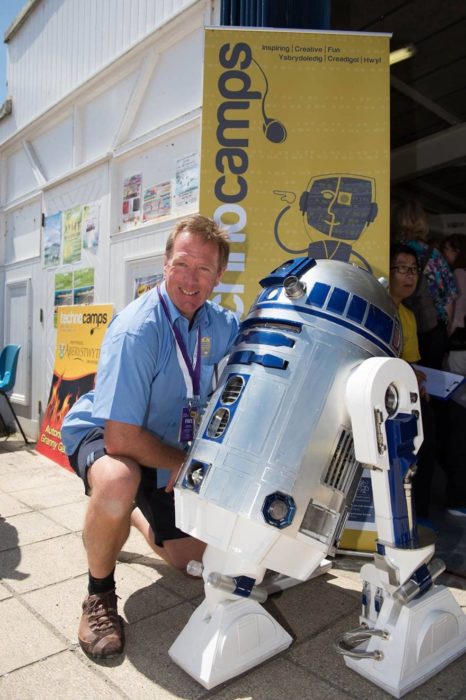13th October 2016 Bangalore, India
Age of the robots?

Some say we are in or entering the age of the robots. Why? Because robots are transforming the way we work and live – from manufacturing to farming, space exploration to surgical operations, cleaning our homes to entertaining us.
The UK has a rich and colourful story in producing and shaping robotic technologies. The Eric, which was the UK’s first robot, was built in 1928 and was a hulking metal humanoid, which toured the world enthralling the audience. London’s Science Museum has recently started a campaign to rebuild Eric – made mostly from aluminium he could stand, move his limbs and rotate his head. Though much of Eric’s appearances were stage managed, giving the illusion it could respond to voice commands, the point is that it embodied at the time what people imagined robots to be.
In recent times, it is the iconic onscreen droid R2D2 or ‘Artoo-Detoo’ in Star Wars that was built by Tony Dyson, a British inventor, which captured everyone’s imagination. A cute, stubborn, loyal and resourceful droid fighting alongside generations of Skywalkers, this droid was an integral and continuous part of cinematic past, present and likely future.
The task of designing and building robotics and autonomous systems is a serious affair. It requires complex mathematics, computer science, electronics and mechanical and material technologies to all blend together. The global market for robotics and autonomous systems by 2025 is estimtated to be about 13 billion euros. The UK’s Engineering and Physical Sciences Research Councils (EPSRC) has set up several specialised research centres called the UK Robotics and Autonomous Systems (RAS) Network in universities across the UK to pioneer technologies in these areas. Tomorrow’s (and indeed today’s) key application areas include driverless vehicles, manufacturing, assistive and medical robots, offshore energy, environmental monitoring, search and rescue, defence, and support for an ageing population. So robotics and autonomous systems is becoming an underpinning technology across a diverse range of areas that have applications not just in the UK but India too, where the use of robotics is growing particularly in industry.
Some of the robots mentioned above will be available at the India-UK TECH Summit 2016 on 7-9 November. You will not only see the iconic R2D2 in action but also other robots such as Marty the Robot, which is a fully programmable and customised robot that can walk, dance or play football, various types of robotic arms used in manufacturing, healthcare, etc such as the Gummi Arm, Shadow Robots, and listen to talks and interact with leading researchers in this field.